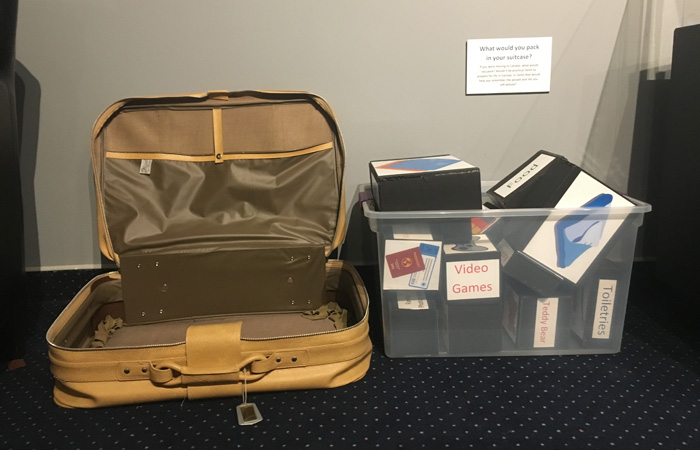Village News
Bringing a Hundred-Year-Old History Home

It’s worth considering that one hundred years ago Mennonites were not welcome in Canada. Introduced in June 1919, an Order-in-Council barred Mennonites (along with Hutterites and Doukhobors) from immigrating to Canada. Speaking in favour of the proposed Order-in-Council, John Wesley Edwards, Conservative Member of Parliament for Frontenac-Addington in Ontario (and later Minister of Immigration and Colonization) said: “Whether they be called Mennonites, Hutterites, or any kind of ‘ites,’ we do not want them to come to Canada.” Coming on the heels of World War One, in which Mennonites in Canada refused to take up arms, he added: “if they are willing to allow others to do their fighting for them… We certainly do not want that kind of cattle in this country!”
The legislation barring Mennonites was in place for two years. It was overturned by the newly elected Liberal government in 1921. As a result, two years later the migration of over 24,000 “Russländer” Mennonites fleeing violence, trauma, famine, disease, and turmoil in the Soviet Union began. This migration lasted until 1930, when in the throes of the economic depression we now know as the “Dirty Thirties,” the gates to Canada were again closed against immigration.
Mennonite Heritage Village’s (MHV) latest exhibit The Russländer invites people to consider this history and how it might speak to us one hundred years later. How might this history help our attitudes toward and reception of immigrants in today’s context? The exhibit highlights the history of the Mennonites who sought out refuge in Canada during the 1920s, but we wanted to widen the scope of this exhibit and explore the topic of immigration, and specifically recent immigration, to Steinbach as well.
Partnering with Eastman Immigrant Services (EIS), I was privileged to work with five participants of their Communications Workshop. I asked each of them, all of whom immigrated to Steinbach within the last two or three years, to bring an object that represents something about leaving their home and arriving in a new place. Now visitors to the exhibit will see four objects and a series of photographs from non-Mennonites who have a story to tell of how they came to Steinbach from all over the globe: Nordrhein-Westfalen, Germany; Tarlac City, Philippines; Kyiv, Ukraine; Homs, Syria; and Vinnytsia region, Ukraine.
Beside the exhibit case featuring these stories of newly arrived members of our community is a 1970s vintage suitcase that invites our younger visitors to consider what they might take with them if they had to pack their bags and leave home for another country. Some of us will have direct experience with packing under these conditions, while others would have to go back one or more generations to find stories like this in our own past. The suitcase station asks children: What if, threatened by violence, famine, or disease, you had to leave your home and had a few hours to pack one bag to take with you? What would you take with you? Would you bring food? Clothing? Video games? Lego?
The history of the Russländer is a deeply traumatic part of the Mennonite past. But we know that history can divide or it can build bridges. My hope for The Russländer exhibit is that visitors will explore and understand the history of the Russländer Mennonites in a meaningful and nuanced way, but also that it will help all our visitors, whether they share a Mennonite past or not, to look outward rather than just inward; that it will help to build our community by promoting a deeper understanding of the stories that we share.
The Russländer is on display now in the Gerhard Ens Gallery and is included in general museum admission.




